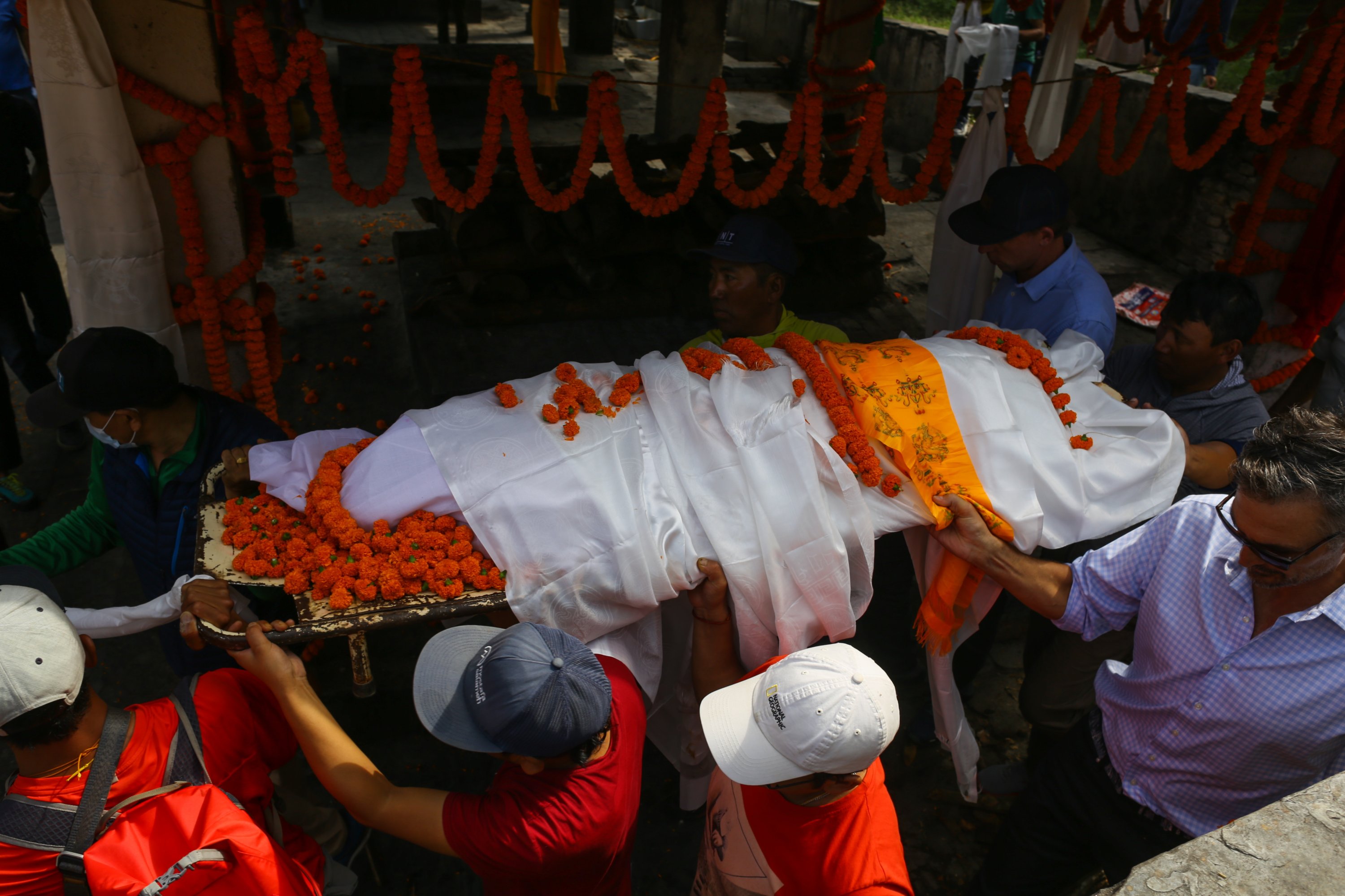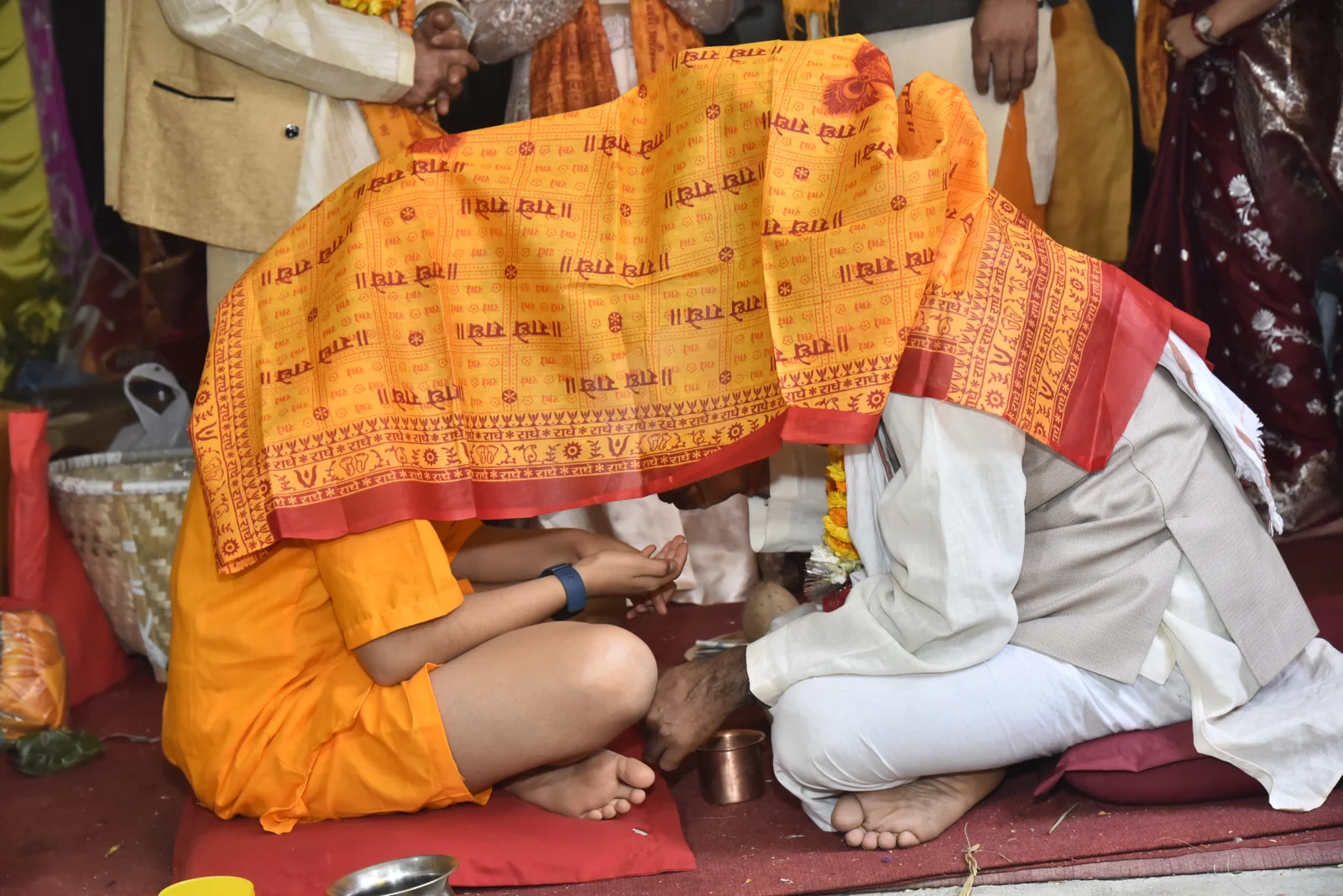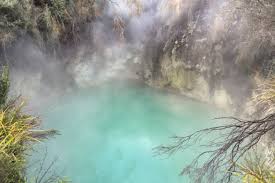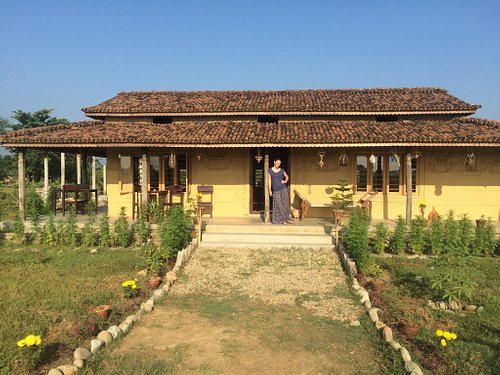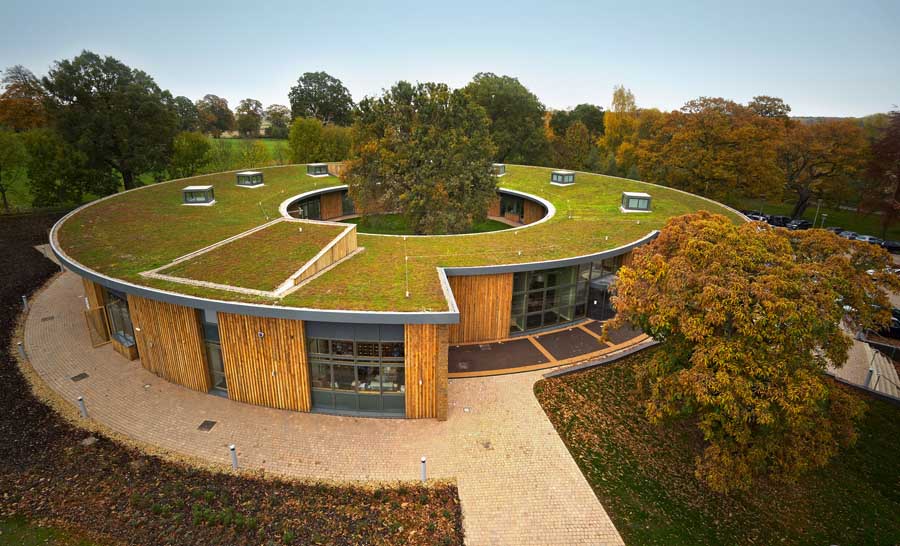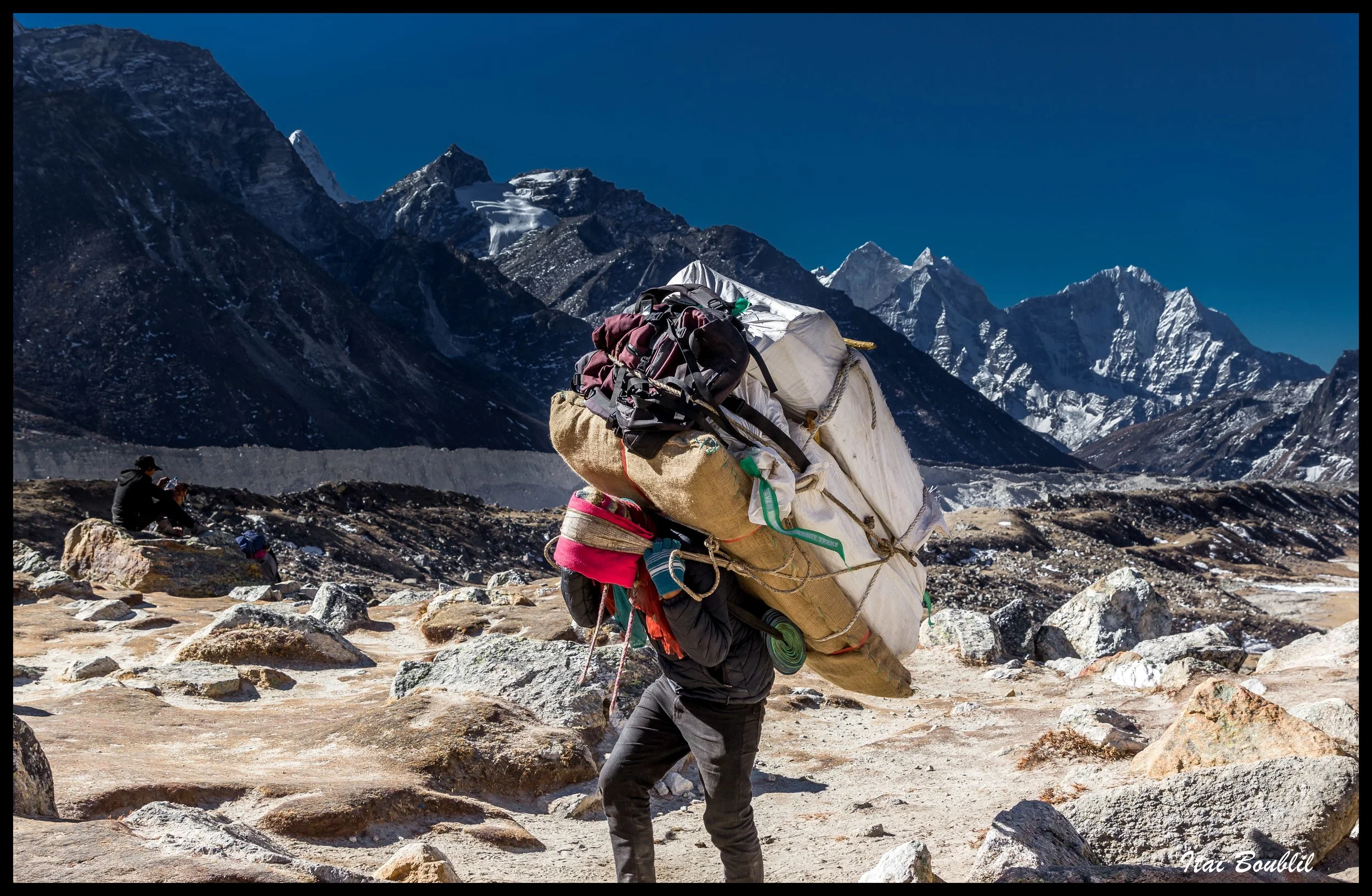Share this Article
In the eastern hills of Nepal, where forests whisper and rivers weave through sacred lands, the Limbu people once carried their stories through song, prayer, and poetic chant. These weren’t ordinary tales—they were Mundhum, the sacred oral epics of the Limbus. Passed down for generations, the Mundhum carried cosmologies, genealogies, moral codes, ancestral memories, and rituals of life and death. They were not merely told—they were lived.
Today, however, those echoes grow faint. The Sambas, the ritual singers of these epics, are few. The younger generation no longer sits in the moonlight to listen. The gods and ancestors of the Mundhum are fading into silence. This article explores the slow decline of the Limbu Mundhum tradition—a story of erosion, resistance, and the enduring power of voice.
Who Are the Limbus?
The Limbus are one of the indigenous Kirat groups of eastern Nepal, primarily inhabiting the districts of Taplejung, Panchthar, Terhathum, and Sankhuwasabha—collectively known as the Limbuwan region. With roots dating back thousands of years, the Limbu people have preserved a rich and distinct culture, deeply tied to nature, animist spirituality, and oral tradition.
Limbus have their own language—Yakthungpan—and have historically practiced an animist belief system centered around ancestor worship, spirit appeasement, and harmony with nature. Central to this worldview is the Mundhum—a term that refers to both the sacred oral literature and the guiding philosophy of life.
What Is Mundhum?
The word Mundhum translates roughly to "the power of spoken word" or "knowledge and law." But it encompasses far more. The Mundhum is an oral scripture, cosmological narrative, moral guidebook, and ritual manual—all memorized, recited, and performed by ritual specialists known as Sambas or Phedangmas.
The Mundhum is divided into two main parts:
1. Thungsap Mundhum (Ancient Oral Mundhum)
This portion is purely oral, passed from teacher to student without any written record. It includes mythologies of creation, ancestral stories, and rituals for birth, marriage, harvest, and death.
2. Lepmuhang Mundhum (Transcribed Mundhum)
Later efforts have transcribed portions of the Mundhum into written form, often using the Limbu script (Sirijunga) or Nepali. These writings attempt to preserve the chants, but much of the nuance is lost without performance.
The full recitation of a single section of the Mundhum can last several days. Reciting it is not just storytelling—it is ritual performance. The singer becomes a medium between the living and the spirit world. Each word is sacred. Each chant carries generational weight.
The Sambas: Keepers of the Epic Flame
The Sambas are the ritual bards and priests of the Mundhum tradition. Typically chosen at a young age based on visions, dreams, or ancestral calling, a Samba undergoes years—sometimes decades—of training under a master. He must memorize hundreds of verses, chants, and ritual sequences.
The Samba performs at key ceremonies: childbirth, marriage, funerals, and community festivals. He invokes ancestral spirits, recounts genealogies, negotiates with deities, and guides souls into the afterlife. In many ways, he is a priest, historian, philosopher, and poet—all in one.
Samba performance is deeply musical. Accompanied by the Yalamber (a traditional one-stringed instrument), drum beats, and trance rhythms, the chants often follow a hypnotic cadence. Their performance connects the past to the present, the spiritual to the earthly.
But today, the number of active Sambas is alarmingly low. In some villages, not a single trained Samba remains.
The Causes of Decline
The decline of the Mundhum tradition is not sudden—it is the result of decades of sociopolitical, linguistic, and cultural transformation.
1. Language Loss
The Mundhum is intricately tied to the Limbu language. However, intergenerational transmission of Yakthungpan is weakening. In urban centers and even rural areas, Nepali has become dominant. Many Limbu children grow up speaking little or no Yakthungpan, making it difficult to understand, let alone recite, the Mundhum.
2. Religious Conversion
Over the past several decades, there has been widespread conversion to Hinduism and Christianity in Limbu areas. These religions often discourage indigenous spiritual practices, labeling them as pagan or superstitious. As a result, many communities have abandoned ancestral rituals and discontinued Samba training.
3. Modern Education and Migration
As youth move to cities or abroad for education and work, the lifestyle required to sustain oral traditions becomes impractical. Mundhum learning demands years of patient, localized apprenticeship—something incompatible with urban life and modern schooling.
4. Neglect by the State
For decades, the Nepalese state promoted a singular national identity centered on the Nepali language, Hindu religion, and hill caste culture. Indigenous knowledge systems like Mundhum were marginalized in education, media, and governance. Ritual practitioners received no state support or recognition.
5. Loss of Context
Many of the rituals associated with Mundhum are community-based and tied to agrarian life—harvest blessings, ancestral land rites, communal ceremonies. As these contexts fade, so does the need for the Mundhum performances that accompanied them.
What We Lose When Mundhum Fades
The decline of Mundhum is not just the loss of a ritual—it is the loss of a worldview.
1. Historical Memory
The Mundhum preserves genealogies, migration tales, origin myths, and local histories that are not recorded elsewhere. Without it, entire chapters of Limbu history risk vanishing.
2. Ecological Knowledge
Many chants contain references to sacred forests, river guardians, herbal medicine, and animal behavior. The Mundhum teaches respectful land use, ecological reciprocity, and seasonal wisdom.
3. Linguistic Heritage
The poetic structure of the Mundhum has preserved older forms of the Limbu language. Its decline also accelerates the erosion of the Limbu vocabulary and syntax.
4. Spiritual Sovereignty
The Mundhum is an indigenous spiritual system rooted in the land, ancestors, and oral transmission. Its loss means deeper dependence on external religions and a detachment from one's ancestral identity.
Efforts to Revive the Mundhum
Despite the decline, there are glimmers of hope. Cultural activists, scholars, and community leaders are working to document, preserve, and revitalize the Mundhum tradition.
1. Documentation Projects
Organizations like the Yakthung Academy, Kirat Yakthung Chumlung, and individual researchers are recording Mundhum chants, translating them into Nepali and English, and archiving audio-visual materials.
2. Educational Integration
Some Limbu schools and community centers are introducing Mundhum-based curriculum, teaching children about their oral epics, rituals, and language.
3. Samba Apprenticeship Programs
In areas like Tellok and Khewang, informal efforts have begun to train young disciples in Mundhum performance. Though few in number, these initiatives aim to create the next generation of Sambas.
4. Digital Revival
Younger Limbu creators are using podcasts, YouTube, and social media to share Mundhum stories, chants, and interviews with elders. These platforms have helped reach diasporic Limbus in Hong Kong, the UK, and the US, sparking renewed interest in ancestral roots.
Toward Cultural Reclamation
Saving the Mundhum is not just about preserving folklore—it is an act of cultural justice. For too long, indigenous knowledge in Nepal has been sidelined. Reviving the Mundhum means asserting that oral traditions matter, that ancestral voices have value, and that modernity and tradition need not be enemies.
It also means confronting uncomfortable truths: colonial education systems devalued orality; monotheistic religions erased local cosmologies; centralized governance suppressed ethnic diversity.
Cultural reclamation is not easy—but it is essential. Without it, we risk losing not only stories, but the soul of a people.
Conclusion: Echoes Worth Hearing
In the hush of an eastern Himalayan night, when the wind rustles through the trees and the stars flicker above terraced hills, perhaps you can still hear it—the soft chant of a Mundhum, rising from the lips of an old Samba, carrying memories that were never written, only spoken.
These are echoes worth hearing.
Before the last voice falls silent, we must listen. Record. Respect. Remember. The Mundhum is more than an epic—it is the wind’s memory, the forest’s whisper, the ancestor’s breath.
Let us honor it before the echo fades.
Categories:
Travel & Tourism
,
Culture & Traditions
,
Adventure Activities
,
Nature & Wildlife
,
History & Heritage
,
Lifestyle & Local Life
,
Health & Wellness
,
Education
,
Spirituality & Religion
,
Food & Drink
,
Festivals & Events
,
Photography & Arts
Tags:
asdasd
,
Thamel
,
nagi gumba
,
sundarijal
,
dashain
,
festival of nepal
,
bada dashain
,
traditional food
,
traditional-drink
,
murchunga
,
nepalese music
,
traditional instruments
,
tradition
,
architecture


